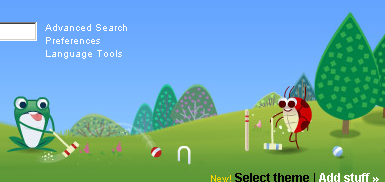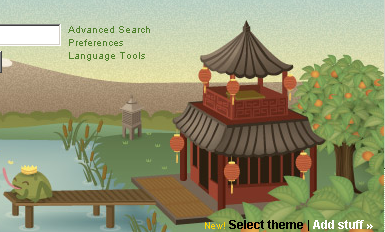They May Call It Home
In an 1998 interview to W3J, Tim Berners-Lee formulated his attitude to private home pages:
They may call it a home page, but it’s more like the gnome in somebody’s front yard than the home itself.*
Pages of amateurs were always an easy target. Usability experts, content providers and especially professional designers never miss a chance to kick those who were writing “Welcome to my Home Page” on their page. For example in 2005, the Dutch interaction designer Hayo Wagenaar, with whom I shared a panel at Decade of Webdesign conference, flung a remark:
Obviously Tim Berners-Lee was irritated by the activities and aesthetics popping up in the medium he invented and was in my opinion unjustly underestimating processes happening in minds and on pages of web amateurs. I could not share his arrogance until 20th of March 2007 when Google announced their themes for iGoogle: Seasonal Scape, Tea House, Bus Stop and others:


On that day, Jessica Ewing, Google Product Manager wrote in the official Google blog:
Well, may be it is style of the graphics itself that makes me think about gnomes and front yard kitsch. May be the matter is Google’s vision of the users as little plaster figures that feel good when the the lawn looks neat. Finally, 9 years later, Berners-Lee’s analogy makes sense for me.
* Was published in the 3rd issue of W3 Journal, but only only Frans and archive.org kept a copy of it.
Leave a Reply